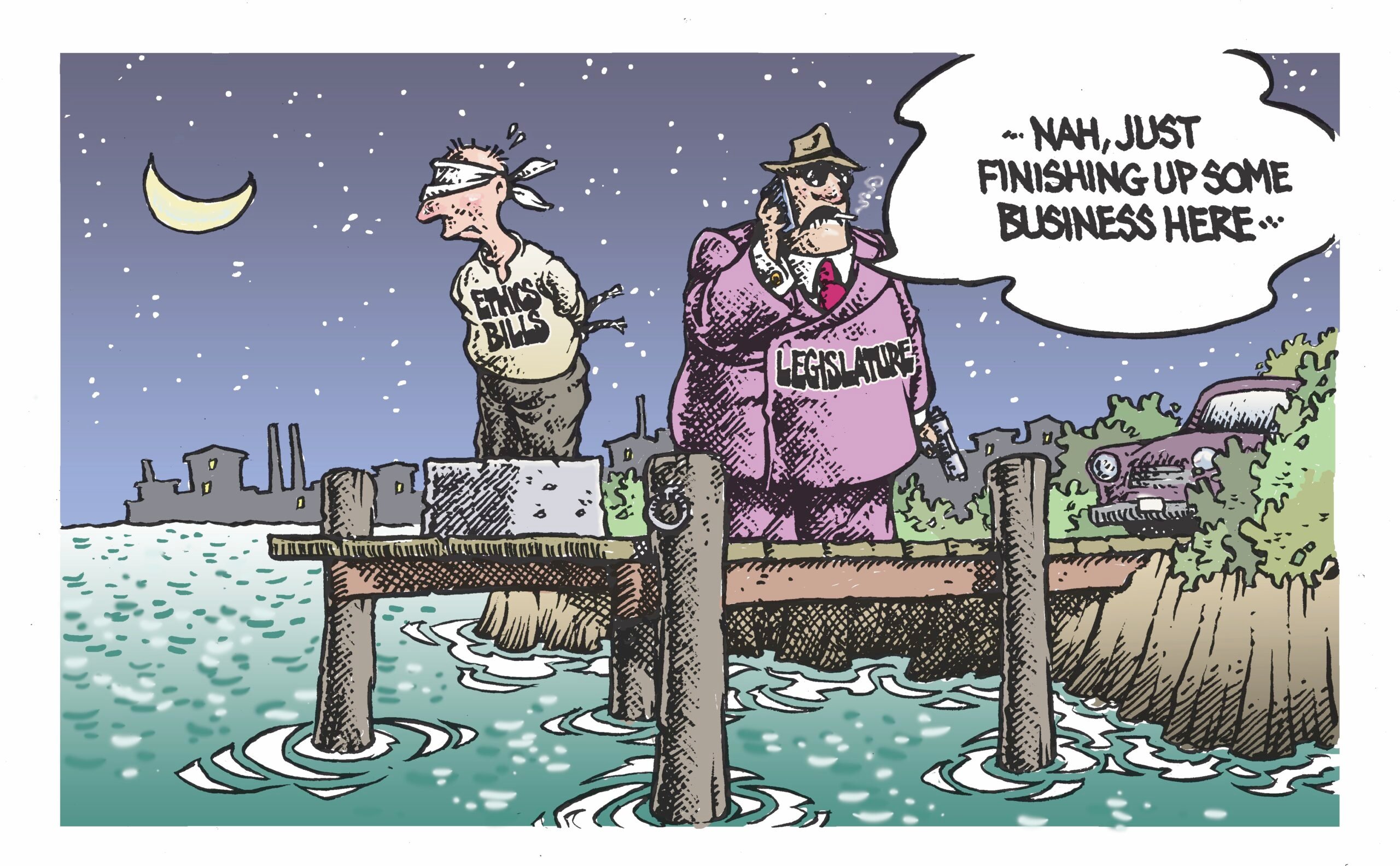Advertisement

To see more political cartoons from Ben Sargent, visit our Loon Star State section. Find Observer political reporting here.
Advertisement
The post Loon Star State: What the Lege Won’t Be Doing… appeared first on The Texas Observer.
(Except for the headline, this story has not been edited by PostX News and is published from a syndicated feed.)
